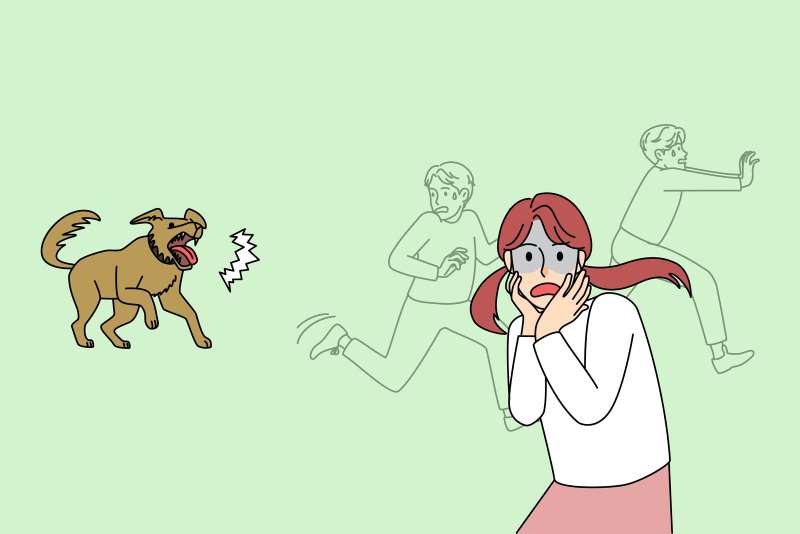Summary: When a dangerous dog declaration is issued by a council, it is effective through the entire state of New South Wales. As a consequence if you have a dangerous dog that is registered, and you move council areas, you must notify your new local council of your dangerous dog.
Declaring a Dog as Dangerous
What is a Dangerous Dog?
In accordance with section 34 of the Companion Animals Act 1998 (NSW) (Act), if an authorised officer of a Council is satisfied that a dog is dangerous, or if the dog has been declared a dangerous dog under a corresponding legislation in another state or territory, such authorised officer may declare a dog to be a dangerous dog. Sections 5 and 6 of the Act define such authorised officer to be either an employee of a local authority (i.e. council) that is authorised for the purposes of the Act, or a police officer. The authorised officer must give notice to the owner of a dog of the intention to declare the dog to be dangerous, in accordance with section 35 of the Act.
Definition of ‘Dangerous’ under the Act
Section 33 of the Act states that the meaning of ‘dangerous’ is as follow:
(1) For the purposes of this Act, a dog is dangerous if it—
(a) has, without provocation, attacked or killed a person or animal (other than vermin), or
(b) has, without provocation, repeatedly threatened to attack or repeatedly chased a person or animal (other than vermin), or
(c) (Repealed)
(d) is kept or used for the purposes of hunting.
(2) A dog is not, for the purposes of subsection (1) (d), to be regarded as being kept or used for the purposes of hunting if it is used only to locate, flush, point or retrieve birds or vermin. Vermin for the purposes of this subsection includes small pest animals only (such as rodents).
If a dog has acted in a manner as set out above, once reported such dog would be declared as dangerous by a local council. This behaviour includes:- attacking or killing either a person or an animal without provocation; or threatening to attack; or repeatedly chase a person or any animal other than vermin; or if it is kept for hunting.
Location of the Dangerous Dog
Section 34(1B) of the Act states that “a declaration may be made under this section even if the dog is ordinarily kept in another council’s area”. As a result, a council may declare a dog as dangerous, if under section 33 of the Act that dog falls within the definition of being dangerous, even if that dog does not ordinarily reside in the particular council’s area.
Section 34(3) goes on to say that “a declaration has effect throughout the State. It is not limited in its operation to the area of the council whose authorised officer made the declaration.”
Therefore, a dog declared as dangerous in any local government area in NSW, will be considered as dangerous throughout the entire state. Dangerous dog declarations have effect statewide and are enforceable in all local councils in NSW.

